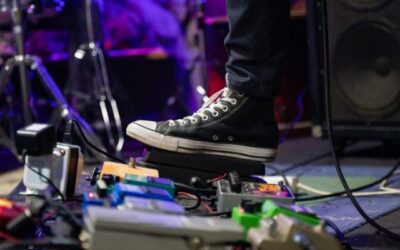Ever wondered what the earphone-like devices that musicians wear on stage are? They’re called In-Ear Monitors (IEMs), and are a more specialised variant of a normal pair of earphones that are designed to better suit a musician’s requirements while on stage.
The primary function of IEMs is to send a mix of vocals and instruments to each musician on stage so that they’re able to stay on track with what the other members of the band are doing. These mixes are usually customised depending on the instrument being played. For example, a drummer will usually need to hear the bass above all other instruments to ensure that they are locked in and vice versa. Vocalists need to be able to hear themselves and other singers as clearly as possible so that they can sing accurately in tune and co-ordinate harmonies without being lost amongst the rest of the band.
So how exactly are IEMs different from regular earphones, and why can’t you just use the pair you have lying around at home? Well, you could try, but there are a few reasons why IEMs are preferred and have advantages over normal earphones
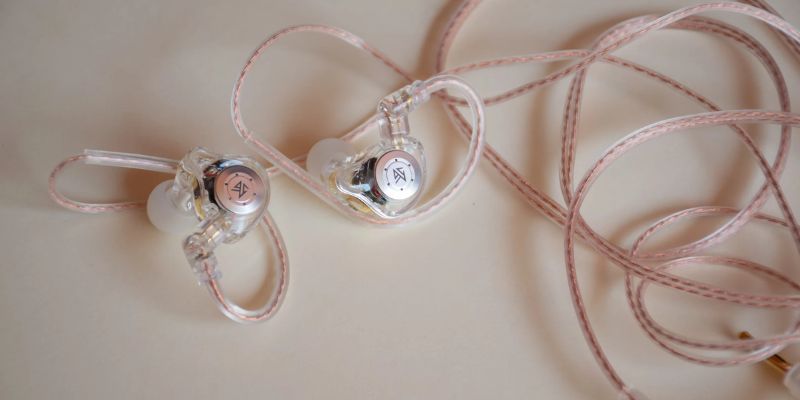
Isolation: IEMs focus their output to be far more ‘isolated’ and precise than regular earphones. Isolation is achieved because they’re designed in a way that blocks out most ambient noise: IEMs usually fit snugly in the outer ear, directing their audio output directly into the ear canal with form-fitted silicone or memory foam padding to minimise the amount of ambient sound entering the ear. This also means that you can also hear more details and nuances in the sound than you would from normal earphones.
Multiple Drivers: IEMs also tend to have more ‘drivers’ (the actual devices that convert the audio signal back into sound) than an equivalent pair of earphones. These are usually of two types – Dynamic Drivers in charge of handling low frequencies, and Balanced Armature Drivers that handle the mid and high frequencies. This arrangement allows a great deal of efficiency and clarity in sound reproduction. Regular earphones tend to have one dynamic driver to handle the entire frequency spectrum, whereas IEMs typically have a combination of several drivers, allowing for much better sound quality.
IEMs also provide various other benefits over using traditional ‘monitors’ and ‘wedges’ on stage to listen to the live mix when performing. It’s often much harder to customise mixes for each musician on stage with wedges, especially on a small stage. These mixes will tend to bleed out into each other and cause the overall noise level on stage to rise as well. IEMs are therefore safer for your hearing, since they can greatly reduce the level of sound being produced on stage from wedges and condense the mix with the help of the noise isolation they provide. Many modern bands actually run ‘silent stages’ with no amps and monitors – everything goes direct to the PA and their IEMs.
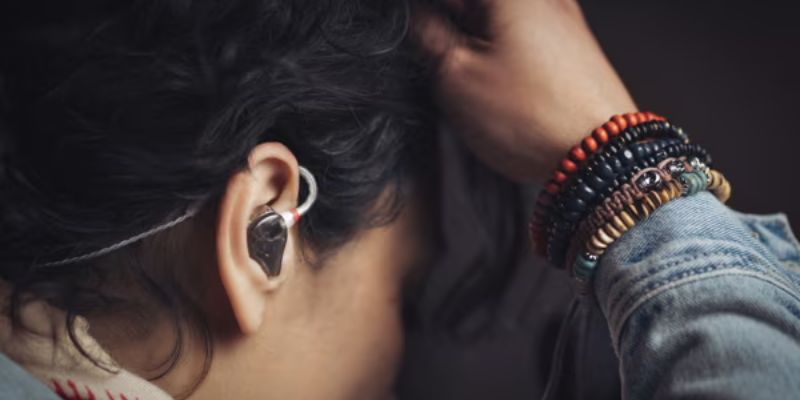
Furthermore, if a band is running backing tracks (sounds that are controlled remotely to fill up background space), they usually require a metronome (click track) with the song tempo fed through their IEMs to stay in time. Even without backing tracks, many musicians prefer to have a metronome in their ears so that the performance sounds as tight as possible. Running a click track isn’t possible in a setup that relies solely on wedges on stage for the band to hear themselves—unless you REALLY want the audience clapping along exactly in time!
So what’s the downside, you ask? Because of their ‘isolation’, some musicians can feel a bit disconnected from the performance space (you can’t really hear the audience well – unless there are mics specifically placed for that). Guitarists and bass players also like to hear ‘the air moving’ in front of their amps – there’s just something about wailing away in front of a 100W Marshall stack that doesn’t translate into itty-bitty balanced armature drivers. So some musicians using IEMs may often leave one earpiece out for some part of the performance.
Well, after all that, if you’re curious about trying out a pair for your next performance, here are a few recommendations for some reliable, solid and budget-friendly IEMs:
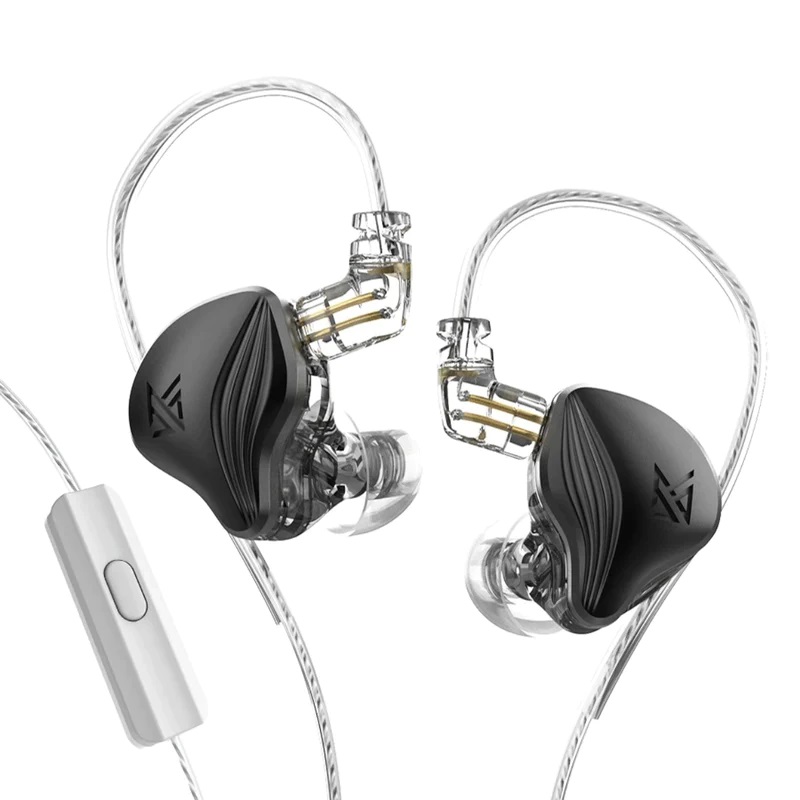
KZ ZEX
A great pair of beginner IEMs that feature solid build quality and a dual-driver setup for greater clarity and performance.
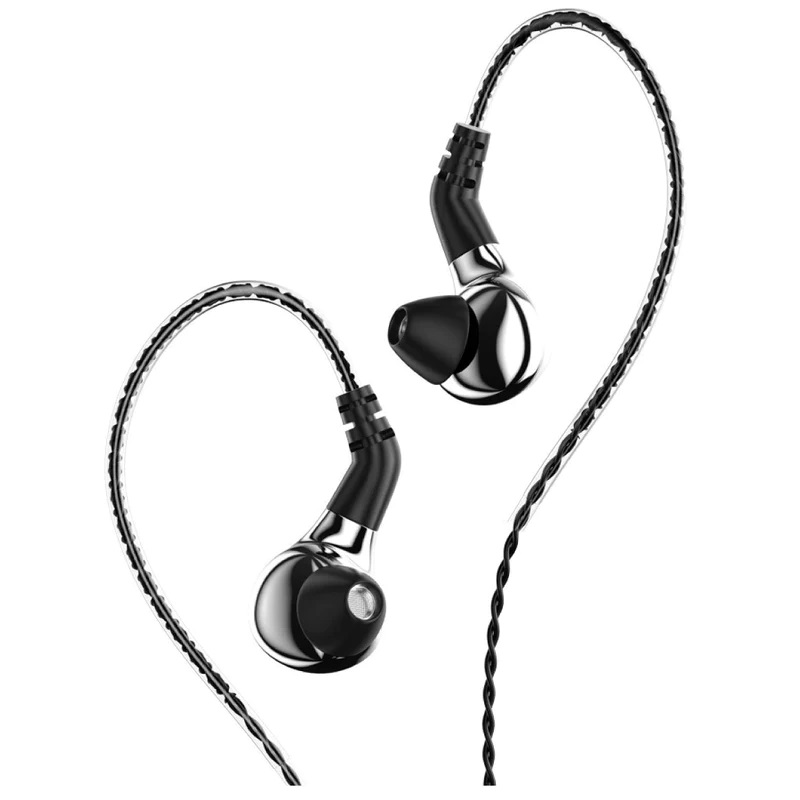
BLON BL-03
For a budget pair of IEMs, these are especially good at handling lower frequencies, and even come with a mic for calls too!
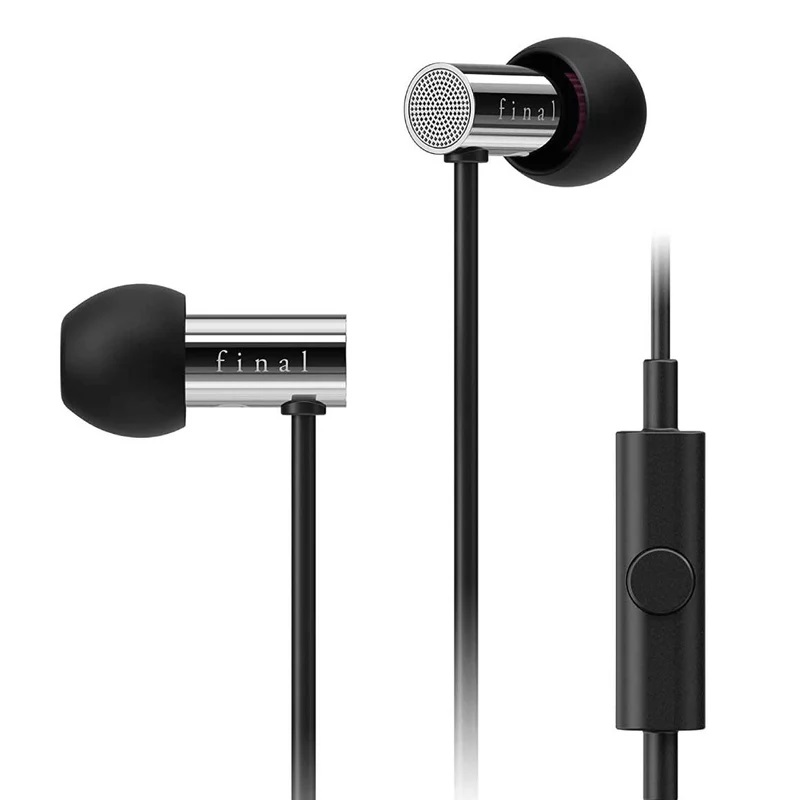
FINAL E3000
Although a more expensive option than the previous two, the E3000s are certainly worth the money. With an emphasis on build quality, comfort, and of course, high-quality sound, you can’t go wrong with these as your first pair of IEMs!


